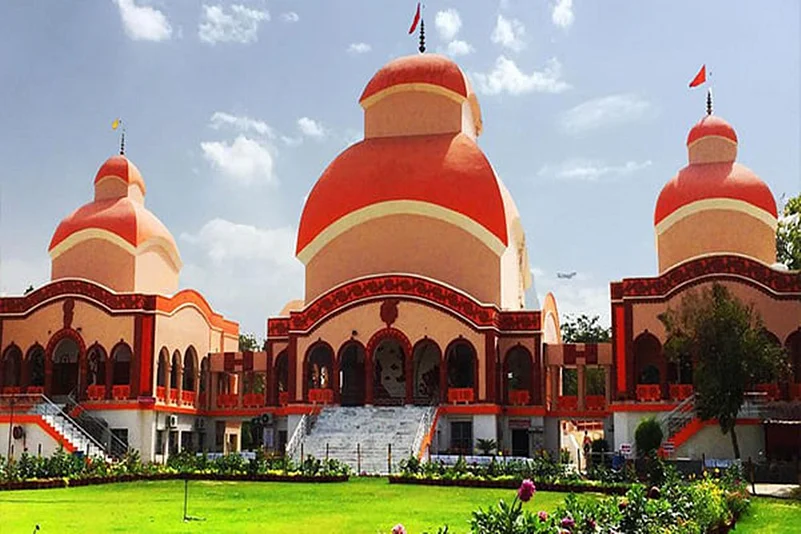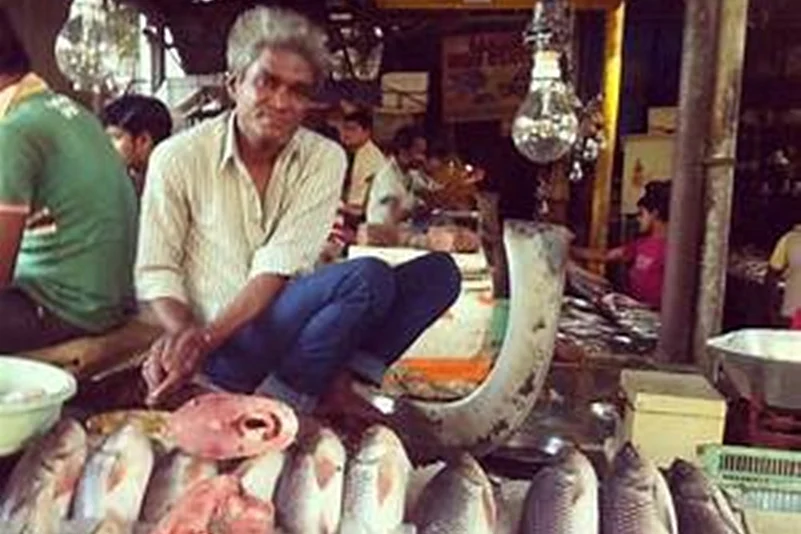The coronavirus pandemic and the resultant confusion ensured that the golden jubilee of Chittaranjan Park, one of the biggest conglomeration of Bengalis outside Bengal, came and went unnoticed.
Conceived in the mid-1950s by the late Mehr Chand Khanna, the then central minister for rehabilitation, as a home for displaced persons and refugees from the then East Pakistan gainfully employed in Delhi with no other alternative housing property in the Indian Union, the colony came into existence in the early 1970s but not before a two-decade-long struggle by its founding fathers.
The Partition of the country in 1947 brought in its wake innumerable miseries, the brunt of which was borne by the people of Punjab and Bengal, the two states dismembered by the scalpel of Sir Cyril Radcliffe, the head of the Boundary Commission. Naturally, the Bengalis hailing from East Pakistan and living and working in Delhi before Partition and those who crossed over as refugees were deprived of their home and hearth in East Bengal.
Advertisement
These refugees and displaced persons formed the East Pakistan Displaced Persons Association (EPDP) in the year 1954 with Shrimati Ila Pal Choudhury, MP and Shri SP Sen Varma, who later became Chief Election Commissioner, at the helm and urged the central government to provide them with suitable land where they could settle down. After protracted negotiations, the government agreed to provide plots on a 99-year lease at a price of Rs 30 per square yard to such bona fide individuals fulfilling certain conditions on a barren hilly tract of land near Kalkaji in South Delhi and the future Chittaranjan Park or C.R. Park was born.
Advertisement
It was then loosely called EPDP Colony and consisted of 11 blocks (A to K) which contained roughly 2,150 plots of three sizes (160, 233 and 320 sq. yards). The colony was formally inaugurated 50 years ago by the then Prime Minister Indira Gandhi on December 29, 1970, at the B-Block Puja grounds where the birth centenary celebration of the great patriot and freedom fighter Deshbandhu Chittaranjan Das was held.
Former municipal councillor Dr Ananda Mukherjee, now 84, recalls that his father-in-law P.K.Basu (retired chief engineer, AIR) constructed the first house in April 1970 and their family became the first residents of the Colony. He recollects that at that time, basic civic amenities were non-existent, including water supply, electricity, public transport, security systems and markets. They had to light oil lamps in the evening and water was supplied through tankers by the CPWD. Life was hard added to which were the existence of snakes and huge lizard-monitors in a basically uninhabited tract of land lying barren for hundreds of years. Human predators were also on the prowl and they were once attacked by dacoits in the middle of the night which left the elderly Basu with a broken skull and valuables taken away.
A nonagenarian resident of Chittaranjan Park since 50 years, Bani Roy, recalls that it took almost five more years for things to settle down as more houses came up and so did the basic infrastructure facilities like markets, banks, post office, DTC bus services and the like. Most of the allottees were central government employees with limited means but thanks to the central government and the DDA chipping in with housing loans and “built-up houses’’ on easy repayment terms respectively, the dreams and aspirations of the displaced persons came to be fulfilled. Meanwhile, in view of the growing demand, the government carved out 714 more plots of smaller sizes to accommodate more refugees within the colony which was now named Chittaranjan Park.
Advertisement
It is difficult to separate Bengalis from cultural, social and religious activities. Hence, Chittaranjan Park soon became the greatest hub of Bengali cultural activities in the capital. The Bangiya Samaj, established in 1971, opened the first library in the Colony a year later which was inaugurated by Dr Triguna Sen, former Union education minister. Likewise, the Purbosree Mahila Samiti, Kali Mandir Society, Deshbandhu Chittaranjan Memorial Society, Bipin Chandra Pal Memorial Society and a few youth clubs came up during the mid-1970s and built their own establishments and auditoriums. No wonder, these cultural centres soon vibrant with music, dance, theatre, poetry-reading and so on. Some of them established charitable health centres to provide cheap but efficient medical care for all.
Advertisement
Durga Puja started in the year 1970 with a handful of residents which has now multiplied into 12 mega-pujas which people from all over Delhi throng to visit every year. These Durga Puja celebrations are renowned for their elaborate pandals and rich cultural programmes where the best artistes of Kolkata and Mumbai participate. The triple temple complex, dedicated to Mother Kali, Lord Shiva and Radha-Krishna, was completed around the early 1990s atop the small hillock which has become the focal point of the religious activities of the populace.

Chittaranjan Park also has its own story of woes. In the late 1980s during the height of the Khalistan movement, terrorists gunned down at random at least 12 innocent residents at various places, including at a Kali Puja pandal where a cultural programme was in progress. This was widely reported and condemned by the national press.
Advertisement
Chittaranjan Park is a beautifully planned green neighbourhood with wide tree-lined roads, spacious playfields, a couple of schools and, of course, tastefully built houses. Most of the residents are eminent government officials, scholars, corporate executives, lawyers, journalists, medical professionals, architects, musicians, painters and businessmen. It is home to one of the city’s main markets for freshwater fish, an integral part of Bengali cuisine as also four big markets specialising in Bengali sweets (including the all-time favourite “Mishti Doi”) and numerous stalls selling Kolkata-style street food like “jhalmuri”, “ghugni”, “phuchka”, chops, cutlets, fish fry, rolls and biryani.


Famous restaurant brands, jewelry outlets and ethnic saree and garment stores have also opened shop in recent years. One can also find exotic vegetables, generally preferred by Bengalis, transported to these markets all the way from Kolkata along with a variety of spices, herbs, cooking ingredients, snacks and namkeen, condiments and the like which are an essential part of the Bengali household.
Advertisement

One can find a range of Bengali sweets sold in CR Park.
Chittaranjan Park is now an affluent and up-market locality which is a much sought-after destination for property hunters, especially after the real estate boom. This has led to the progeny of the first-generation residents selling off their property at astronomical prices or placing them at the hands of the ubiquitous “developer”. While this has resulted in Chittaranjan Park becoming more cosmopolitan and pan-Indian in nature, it has also eroded a greater part of the original Bengali ethos with which the place was associated. As Amit Banerjee, a former banker and long-time resident opines, the camaraderie that existed among the residents during the first few decades of the Colony’s existence has now dissipated to a great extent among the present generation with the character, composition and sentiments of the place having undergone a sea change. The civic amenities have also been fully stretched with the influx of more residents than was originally planned as more and more houses are now going under the bulldozer and multiple flats taking their place. Many senior citizens find themselves a vulnerable lot with their children having migrated abroad leaving them to fend for themselves.
Advertisement
Yet, despite these drawbacks, Chittaranjan Park still remains a haven of peaceful living with promise for a much-improved quality of life in the years to come.
(Bhaskar Roy is a retired corporate executive who writes on history, culture and spiritualism. The views are personal and do not necessarily reflect that of Outlook magazine.)




















